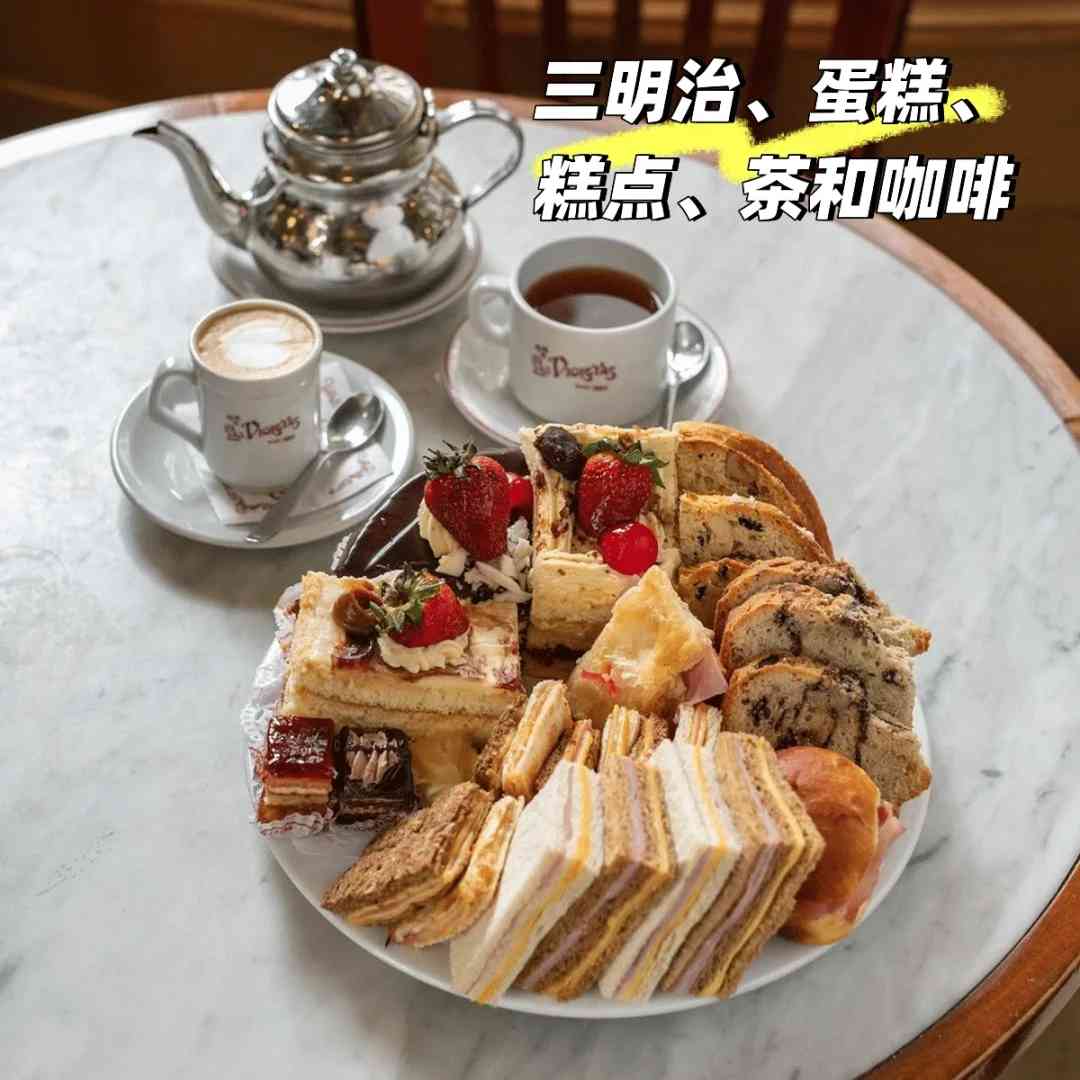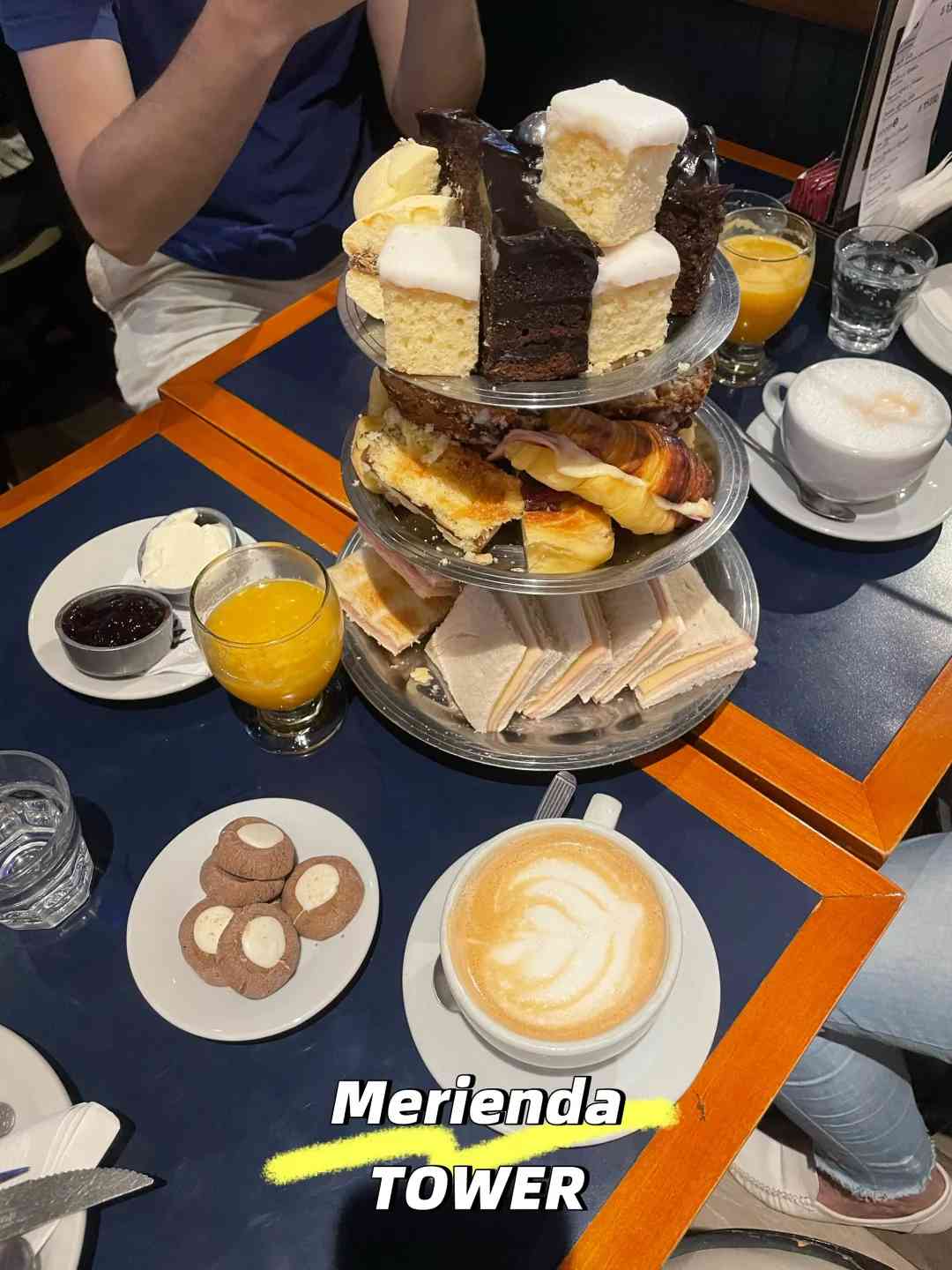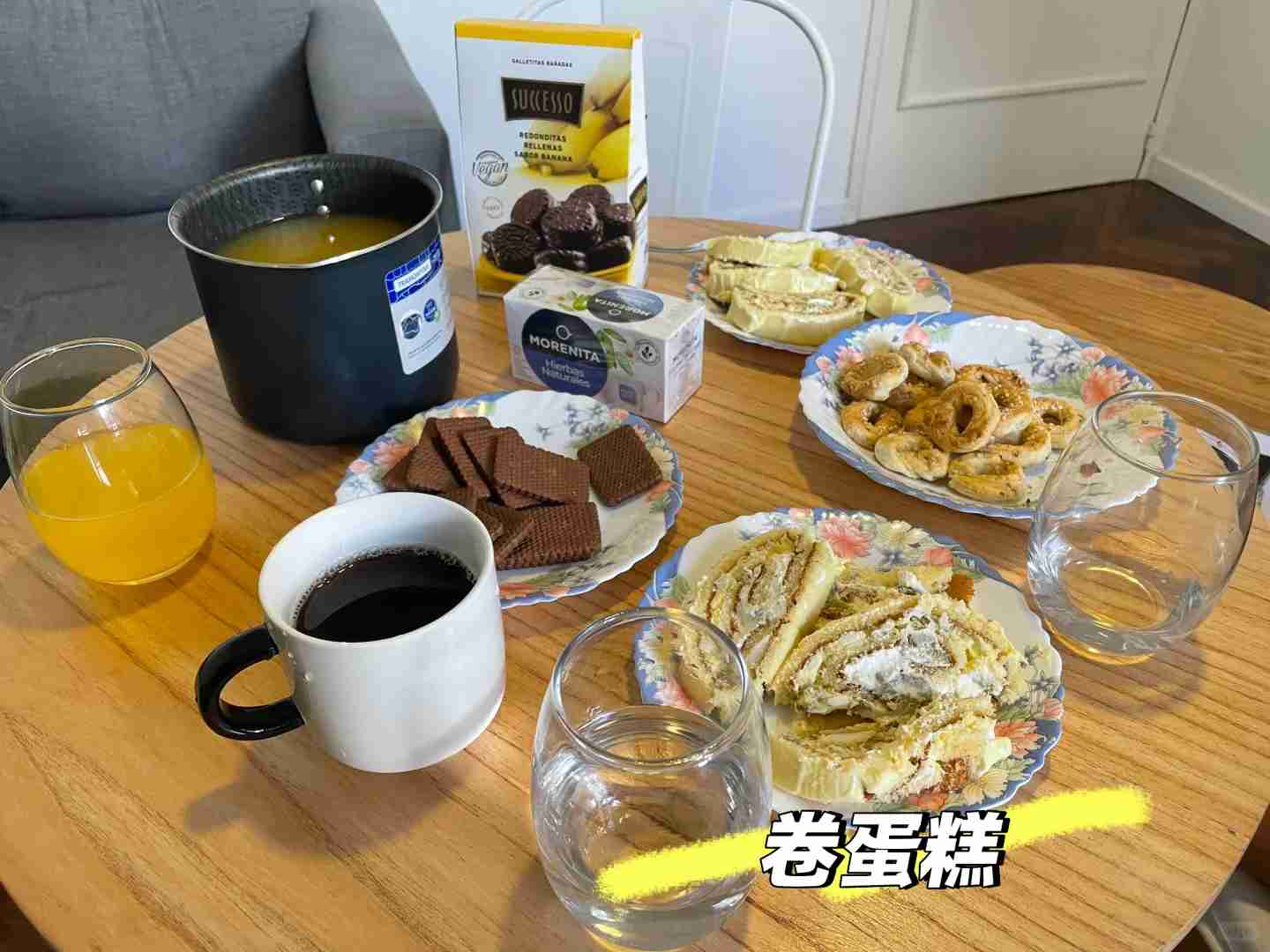Discovering Argentine Culture: What is “Merienda” in Afternoon Tea Traditions?
In Argentina, dinner typically starts at 9 PM or even as late as 10 PM, making the afternoon “merienda” (afternoon tea) an essential part of our daily routine! This delightful small meal, enjoyed between 5 PM and 7 PM, helps us bridge the long gap between lunch and dinner, keeping hunger at bay.

What do Argentinians indulge in for merienda?
The quintessential choice is medialunas (croissants), which come in both sweet and savory varieties, often paired with a steaming cup of coffee or milk tea. Tostadas (toasted bread) are another favorite, usually slathered with butter, jam, or the beloved dulce de leche (a rich, creamy caramel).

And, of course, no merienda is complete without **mate**, a traditional Argentine drink, often accompanied by cookies, bread, or facturas (delicious pastries).

Even more delicious merienda options!
Beyond the classics, there’s a plethora of other mouthwatering snacks to choose from:
– Alfajor: Two cookies sandwiched together with dulce de leche, some even coated in chocolate, offering a sweet and satisfying treat.
– Budín: A soft, moist cake similar to pound cake, available in flavors like lemon, chocolate, and walnut, perfect with a cup of coffee or tea.

– Chipá: A small, crispy-on-the-outside, soft-on-the-inside cheese bread, hailing from northeastern Argentina, ideal for those who prefer something savory.
– Pasta frola: A traditional Argentine pie, filled with red fruit jam or sweet potato, providing a delightful mix of crispiness and sweetness.

Do you have a similar afternoon tea tradition?
Feel free to share your thoughts in the comments, or if you have any questions about Argentine merienda, I’m here to help!

Argentina 🧉🇦🇷
Eager to dive deeper into Argentine culture, cuisine, and lifestyle? Follow me and let’s embark on this enchanting journey together! 🇦🇷


I had no idea the gap between lunch and dinner was so long in Argentina! Medialunas sound delicious, especially with a warm drink. It’s fascinating how food plays such a key role in daily life and culture. I’d love to try it someday!